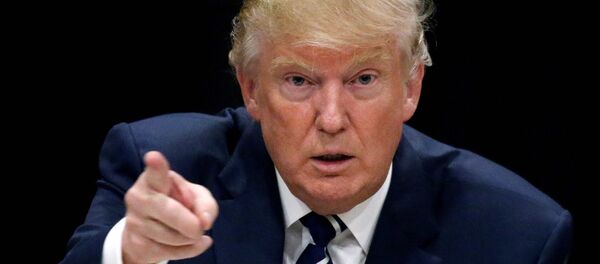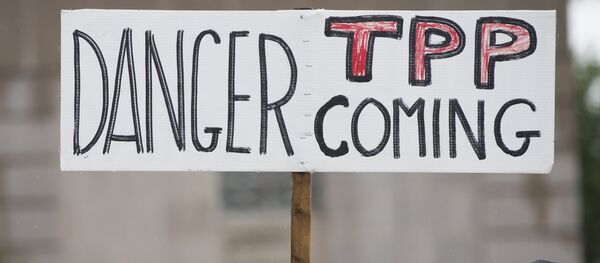The massive fiscal effort would initially entail substantial losses to the budget, only to be made up for in a medium-term perspective, when the Laffer curve effect kicks in, capitalising on a higher tax base.
Yet, most Republicans are on the fiscal austerity side, seeing Donald Trump’s proposed planning as potentially too harmful to the budget in its current state. The banking sector, on the contrary, has welcomed the looming deregulation and higher base interest rates, bracing for higher profitability and sustainability of their operations.
“You can’t just like spending that your party wants and dislike spending that the other party wants,” Rep. Mick Mulvaney (R, SC) said.
Indeed, the aggregate amount of the US federal government’s borrowing has been increasing every year of the Obama administration, resulting in the national debt having nearly doubled over the eight years, from roughly $10 trln to $19 trln. However, the value of US Treasury bonds has not been affected but such a massive increase in supply, the Treasuries have been gaining in value last two years, with the yields remaining subtle up until Trump’s election.
On the contrary, Trump’s increased spending on infrastructure and the military is an immediate injection on huge volumes of money into the two of the largest sectors of the national economy. Meanwhile, tax cuts are essentially an injection of money into domestic consumption that drives some 72pc of the US GDP, and into corporate balance sheets, allowing them to mend their battered competitiveness in the domestic and international markets.
Yet, that is all just the theory. The US budget, meanwhile, is now in a lot worse place than it was back in 2010. According to the estimates by Congressional Budget Office (CBO), over the next four years the budget deficit would stand at an average 3.2pc GDP if no action is undertaken. Under the House Republicans’ tax plan (more ‘austere’ fiscal stimulus), the deficit would broaden to 5.3pc GDP, and under Trump’s unprecedented stimulus, the deficit would be at 6.8pc GDP by the end of Trump’s first term.
However, these estimates are not quite precise because the positive or negative effects of the stimulus to GDP are impossible to quantify. Therefore, we do not know what the US GDP would be by the end of Trump’s first term.
Now, US debt-to-GDP is 77pc due to dismal growth over the past eight years and the massive borrowing. Most of the borrowed funds redistributed within the economy failed to convert into US economic growth, with it being squandered on imports consumption supporting growth overseas amid general mismanagement at home.
“Based on the expectation that the American President and Congress are likely to act on taxes, and perhaps on regulation as well, I think there is a slightly more positive outlook for the American economy over the intermediate horizon,” Bjorn Wahlroos, chairman of Nordea Bank AB, said.
“It remains to be seen whether Trump’s negative stance on some issues such as free trade will over the longer run have a negative impact. But over the short term, his approach to taxes and implicit promise of tax cuts, particularly corporate taxes, have a positive outlook,” Wahlroos added.
Despite the hard situation for the US budget, as increased borrowing over the short-term would contain the value of the US Treasuries, which is still supported by their status as safe haven asset. With yields higher, the higher the natural interest rate, and, subsequently, the higher the US Federal Reserve’s base borrowing costs. All that would attract investment capital in the US at a faster pace, and with negative rates in Europe and Japan, the US is uniquely positioned to improve their infrastructure and revitalise their productive forces for cheap.
“We’re just going to throw it up against the wall and see if it sticks,” Stephen Bannon, Trump’s chief strategist said.






